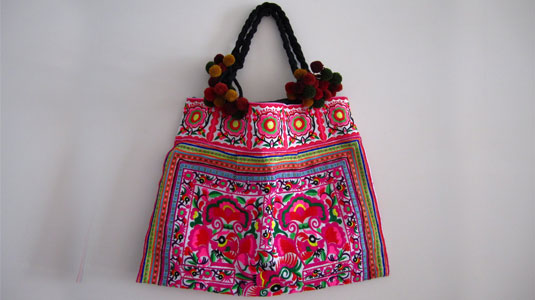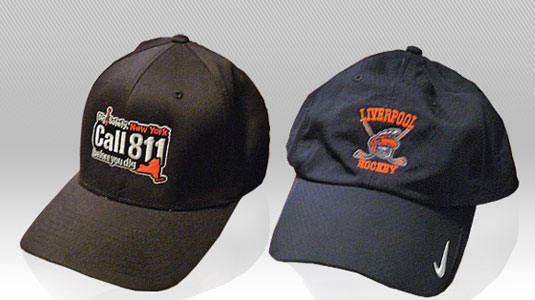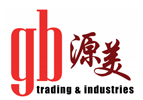Embroidery is one of the highest-quality possibilities of textile refinements. Durability, feeling and wash ability of the applied company logo, motif or the promotion message are hardly to be excelled by other printing methods.

Embroidery
At the beginning stands the idea of a design, mostly in the form of a company logo together with a slogan. If the idea only exists on paper, the design must be digitized into computer readable data. This takes place e.g. through reading in with a scanner. Then if the motif is available as a file, it must be converted into vector graphics. In this case, individual pixels are no more determining for the design but the lines, which separate a color field. One recognizes vector graphics also by the fact that one is able to enlarge them infinitely without quality loss, because the dividing lines always remain sharp. These vector graphics are loaded into the punch program. The semantics of the word is to be traced back to the procedures before the computerized embroidery program creation where the commands were still pricked by hand in a punch card made of hard paper.


The puncher on the software decisively determines the quality of the finished stitch content. Here there are dozens of parameters such as stitch density, stitch direction, stitch distance, stitch pattern and the precedence of stitch work correctly on the motif, the embroidery machine and the textiles to be embroidered. Thus a cap requires a different embroidery program than a leather jacket, even if it concerns one and the same embroidery motif.
Not without reason there are companies which have specialized one and only in the production of the embroidery motifs.
Then if the embroidery program is ready, it is transmitted either by network, direct connection or floppy disk to the embroidery machine. Again also in the embroidery machine there are different parameters which can improve the embroidery result or make it worse. The most important ones here are above and under thread tension and embroidery speed.
